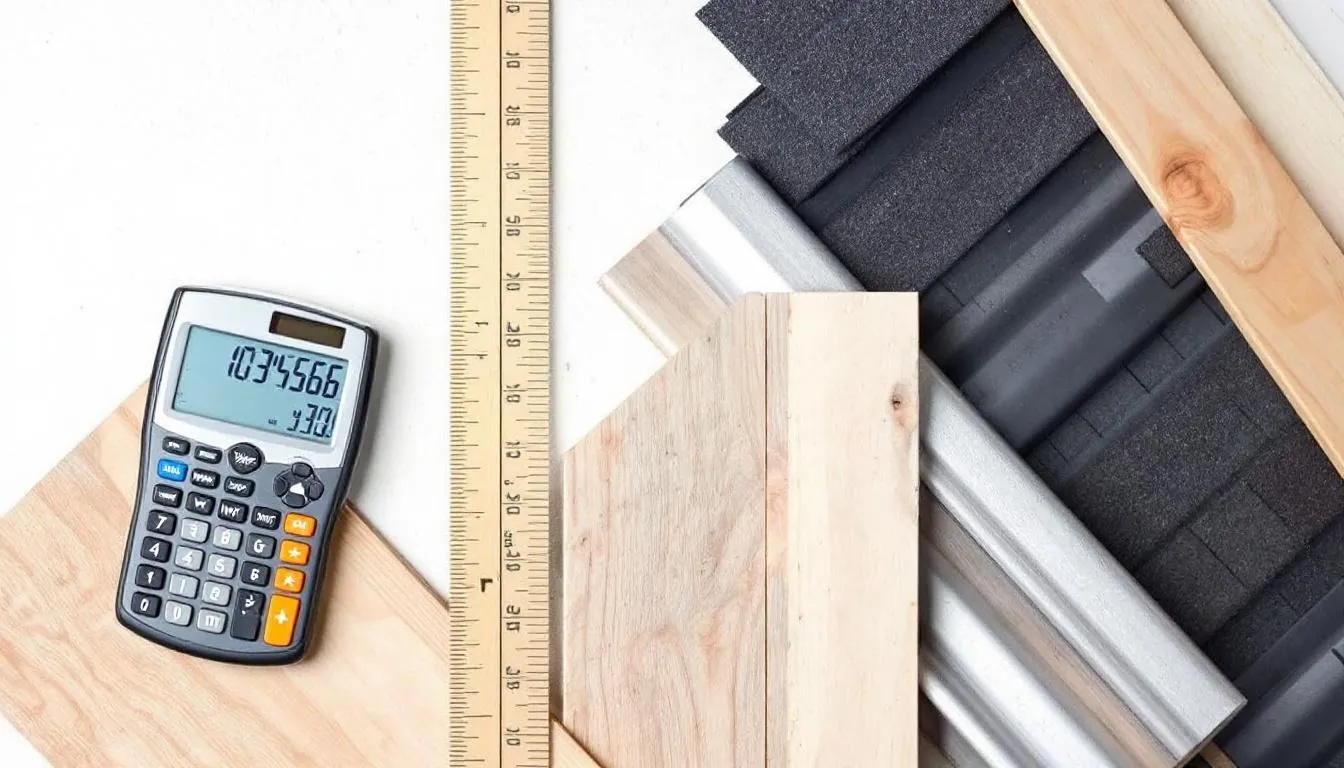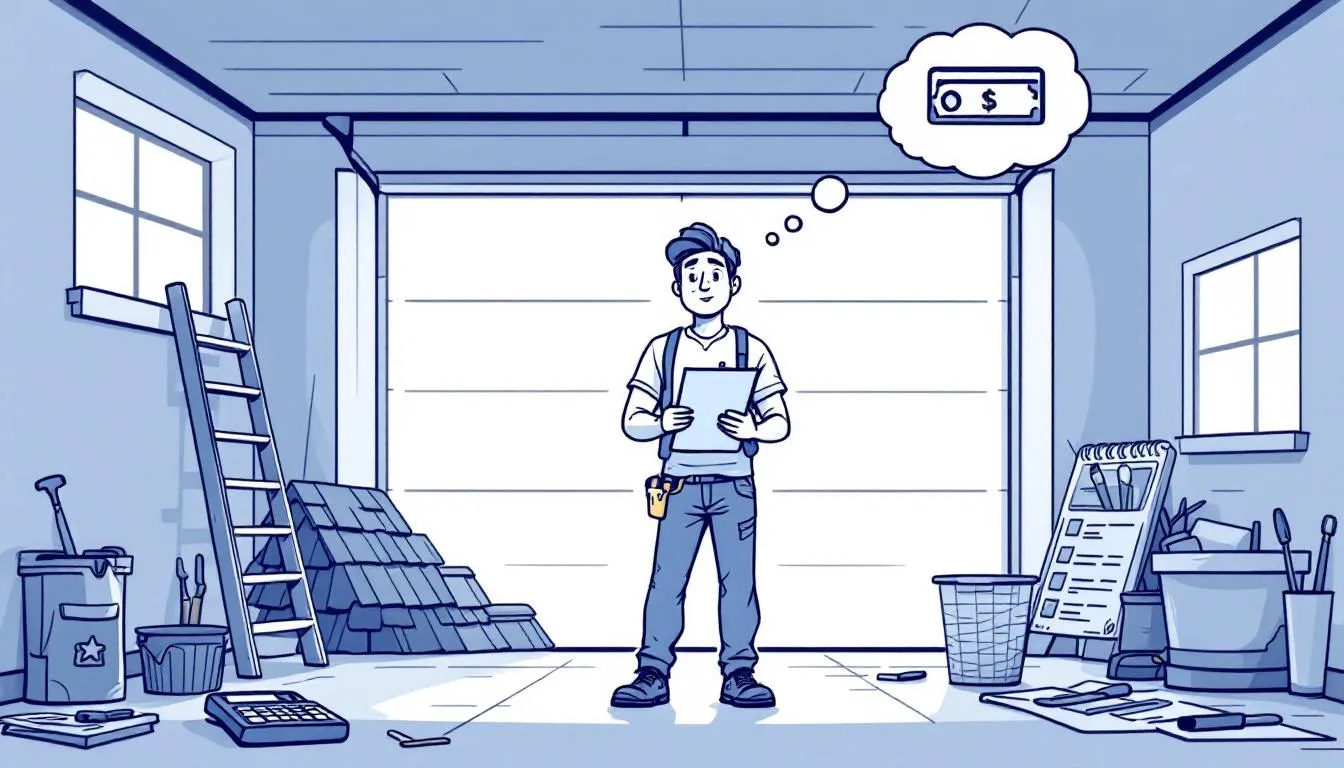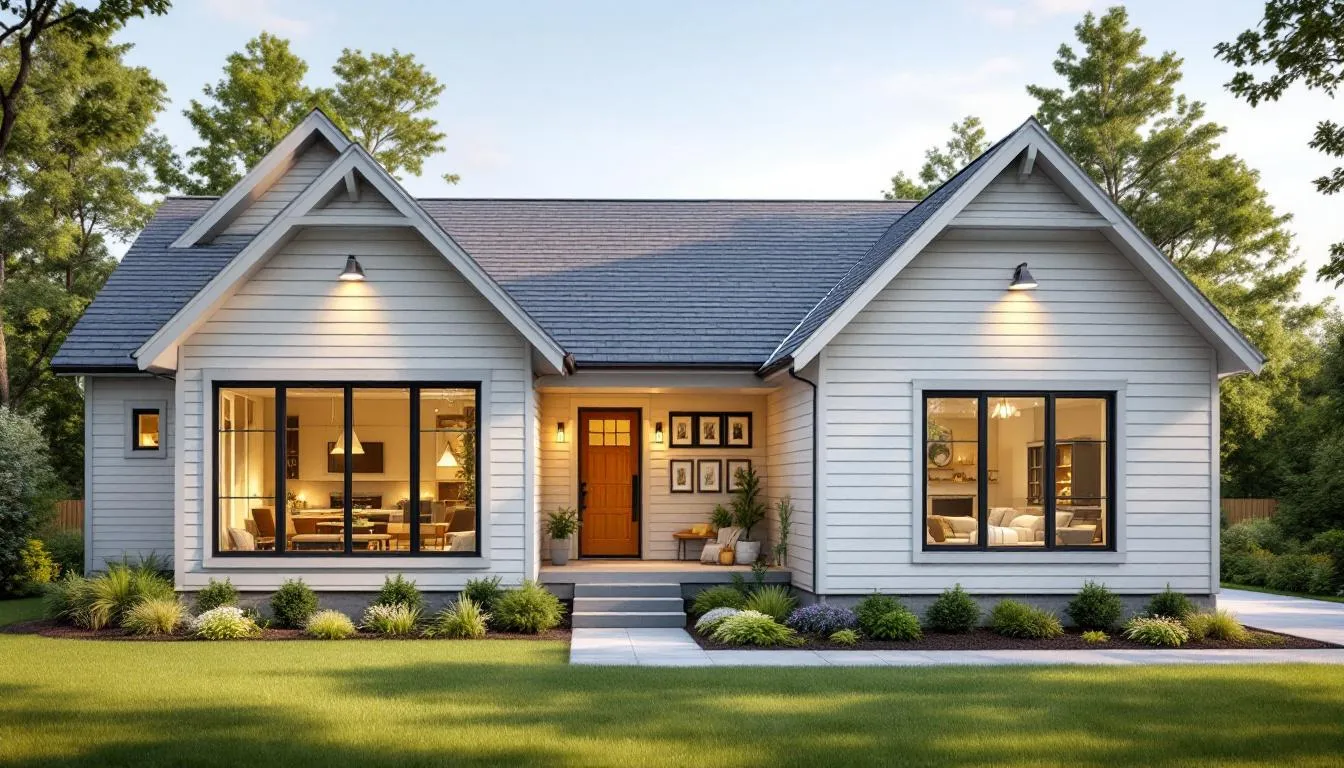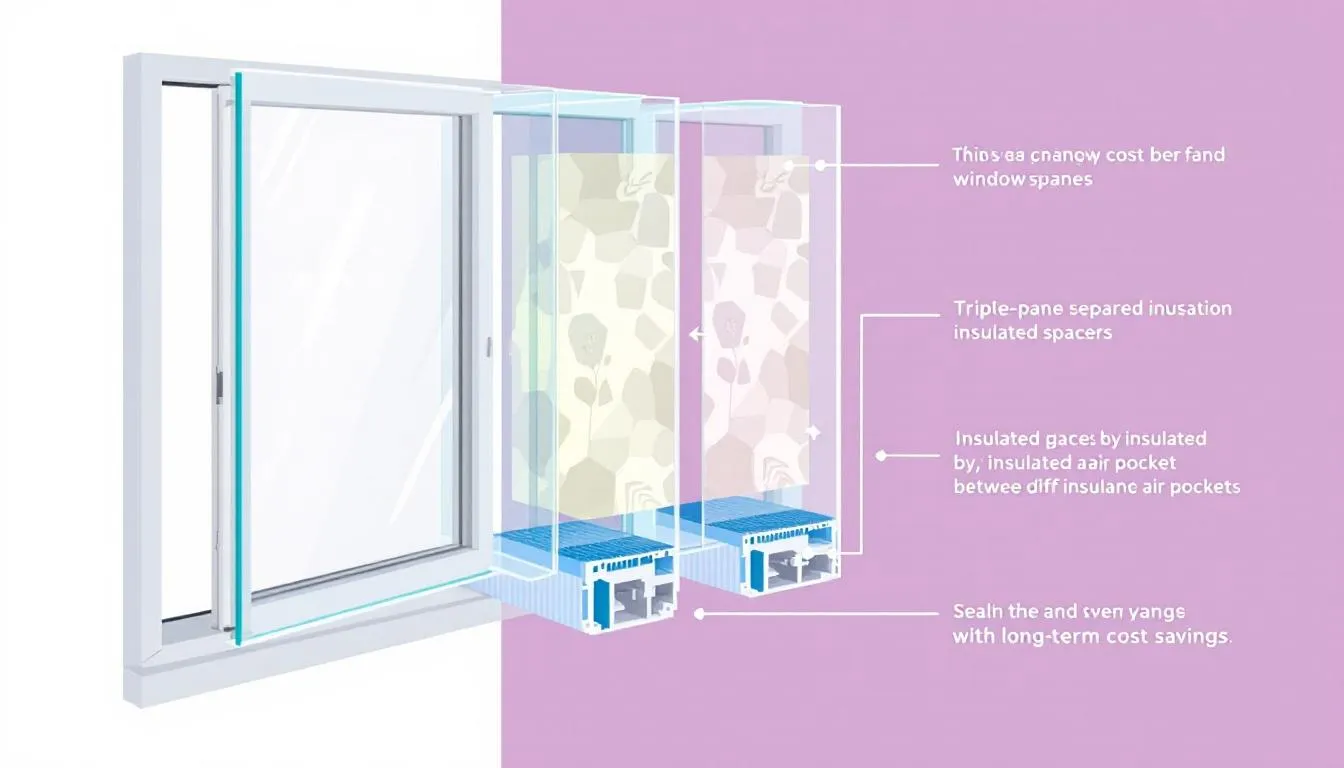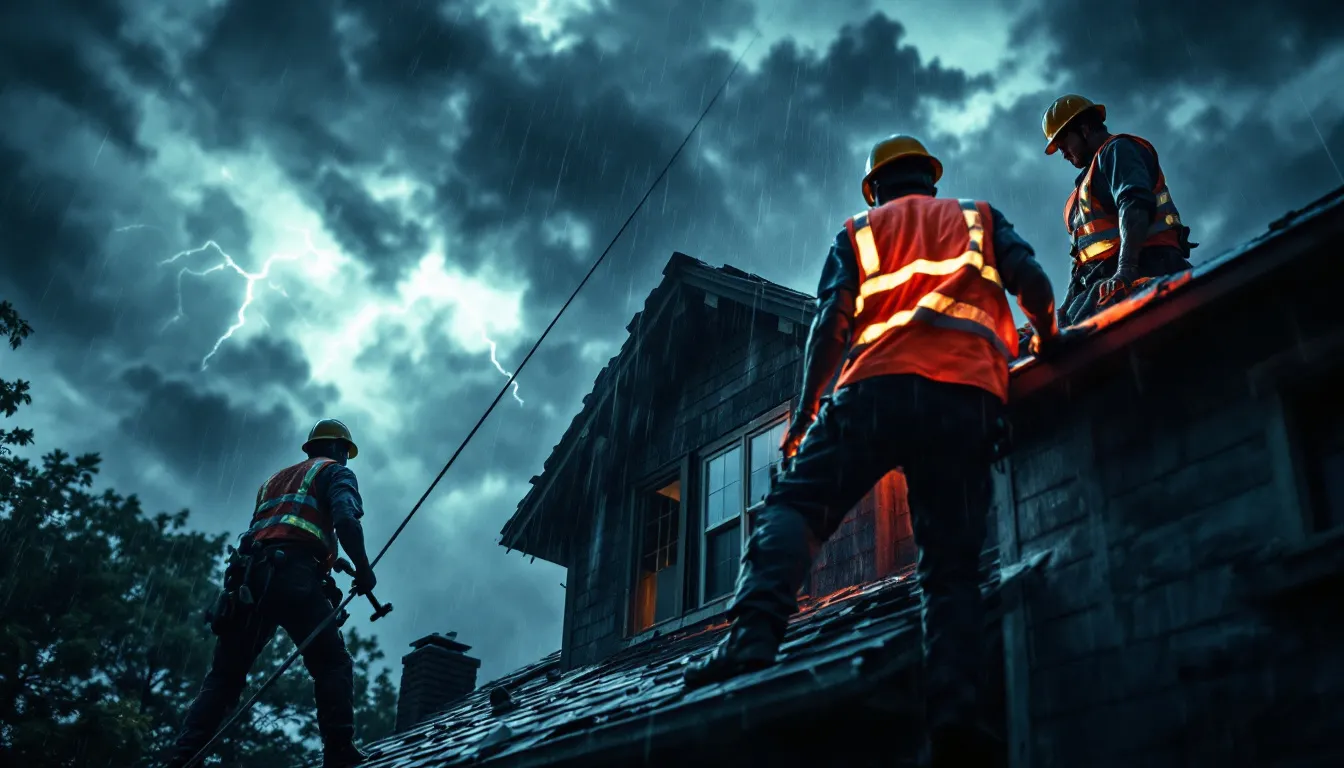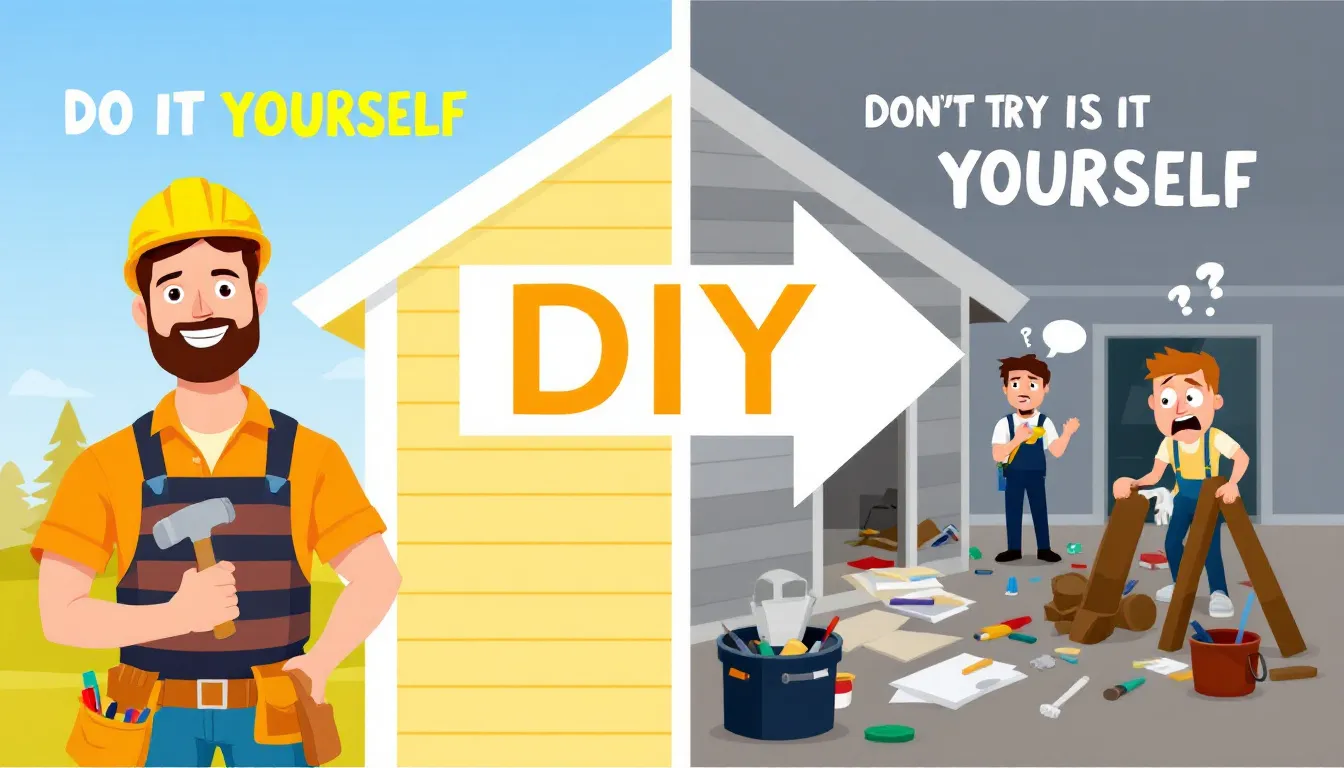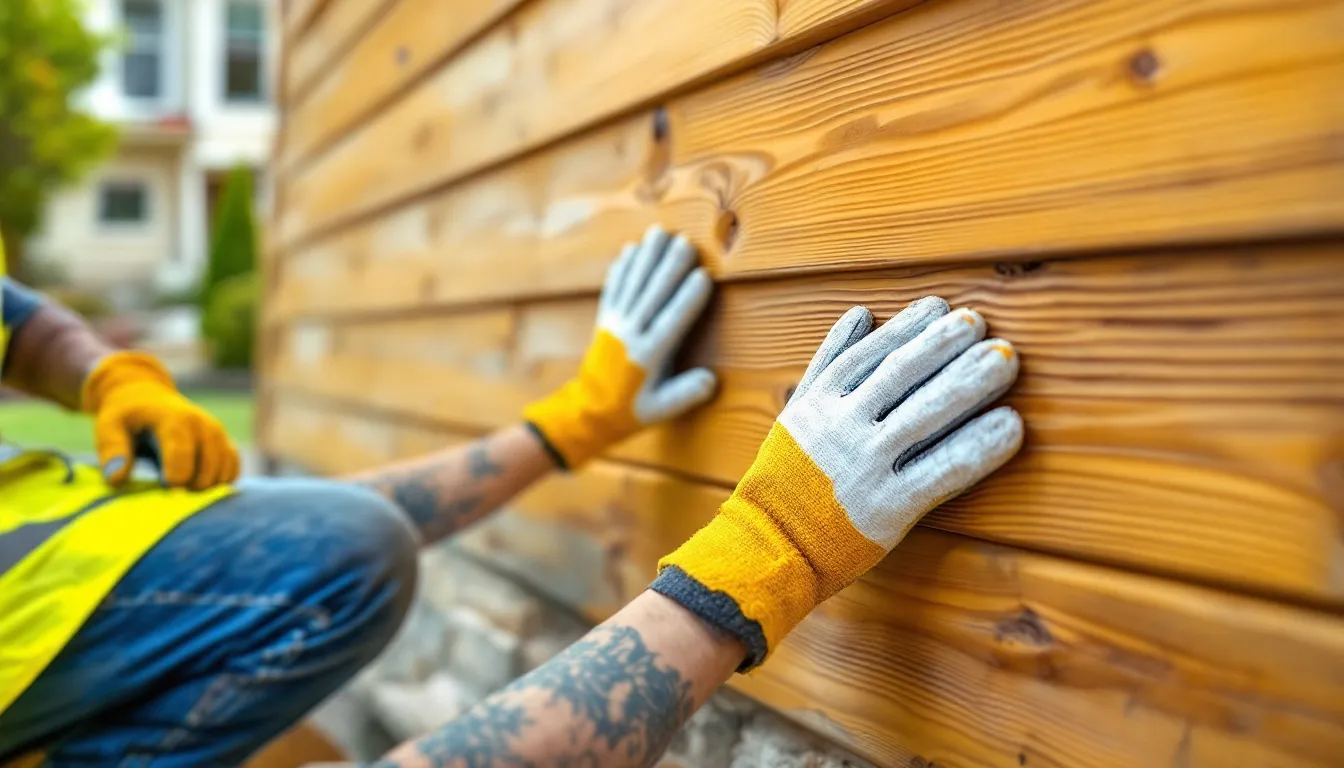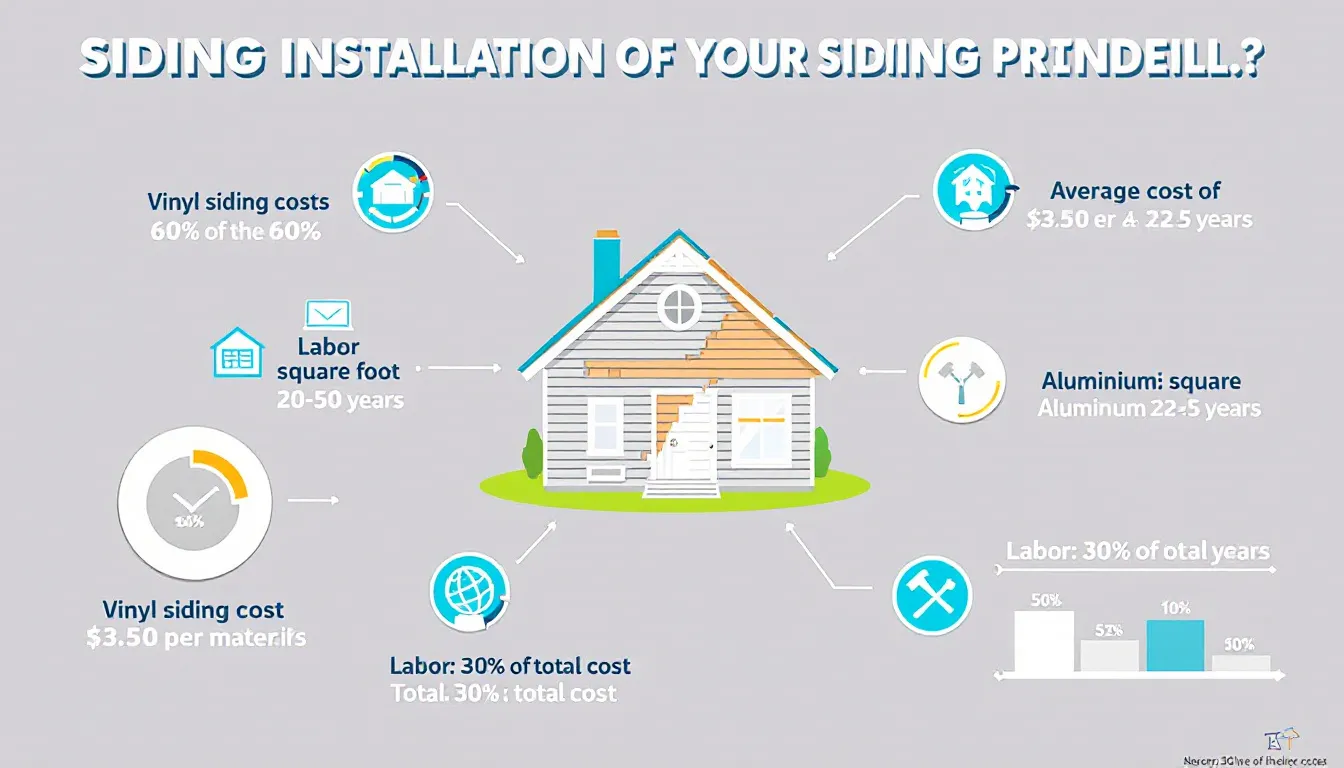Leading Retaining Wall Contractors: Essential Services for Your Project
Need a reliable retaining wall? Retaining wall contractors provide the expertise needed for a long-lasting project. Learn why hiring professionals matters, the services they offer, and tips for choosing the best contractor for your needs.
Key Takeaways
- Hiring professional retaining wall contractors ensures quality, safety, and durability through expert design, construction, and compliance with regulations.
- Retaining wall contractors offer comprehensive services from design to maintenance, facilitating beautiful and functional outdoor spaces tailored to client needs.
- Proper drainage solutions and regular maintenance are essential for maximizing the lifespan and stability of retaining walls, preventing costly repairs and enhancing property value.
Why Hire Professional Retaining Wall Contractors?
Experienced contractors bring precision, quality, and durability to your retaining wall project. Their professional training equips them to handle complex designs and installations, including proper footing and drainage, ensuring the wall stands the test of time and effectively manages soil pressure and prevents erosion.
A successful retaining wall project starts with a thorough site assessment to identify specific conditions for effective wall placement. Contractors then:
- Analyze these factors to determine appropriate materials and design options
- Ensure the structure meets aesthetic preferences
- Ensure compliance with local building codes and regulations
Additionally, confirming that contractors have the necessary licenses, insurance coverage, and a certified detailed written contract protects against potential liabilities for the company. These steps ensure a smooth job project and coverage for any unforeseen money issues.
Overall, hiring professional retaining wall contractors is an investment in quality, safety, and peace of mind.
Comprehensive Retaining Wall Services
Retaining wall contractors provide a wide range of services for every aspect of your project, from initial design consultations to construction and ongoing maintenance. They are equipped to handle all stages of construction, ensuring precision and professionalism.
Retaining wall contractors typically offer services including:
- Design
- Construction
- Repair
- Maintenance Whether you need a complete landscape overhaul or minor repairs, these professionals deliver exceptional results.
Understanding the specifics of each service reveals how they contribute to building beautiful retaining walls.
Design and Planning
The design and planning phase is crucial for creating a structurally sound and aesthetically pleasing retaining wall. Professionals have specialized knowledge in designing and constructing retaining walls, ensuring the structural integrity of the project. This phase involves detailed discussions with clients to understand their vision, budget, and specific needs, allowing for a tailored approach to each project.
Compliance with local building codes and regulations is another vital aspect of the planning phase. High-quality materials enhance the durability and aesthetic appeal of retaining walls. Meticulous design and planning by professionals ensure that retaining walls meet functional requirements and enhance the overall landscape.
Construction and Installation
The construction and installation phase brings the project to life. Proper preparation ensures stability during and after installation, including grading, excavation, and laying a proper foundation. Experienced contractors manage these tasks efficiently, ensuring a smooth and timely install.
Construction involves digging a trench and setting a stable foundation, essential for long-term stability. Using high-quality materials and best practices, contractors ensure your brick retaining wall construction is durable and aesthetically pleasing.
This phase results in a solid structure that is serving its functional purpose while enhancing the appearance of your yard landscape to focus on shapes that stand build.
Repair and Maintenance
Regular maintenance ensures retaining walls remain functional and extend their lifespan. Routine activities include inspecting for cracks, checking drainage flow, and cleaning out debris, preventing minor issues from escalating and ensuring long-term stability.
Timely repairs address damage before it escalates. Neglecting repairs can compromise structural integrity and lead to costly replacements. Regular maintenance and prompt repairs ensure retaining walls remain durable and functional for years.
Types of Retaining Walls
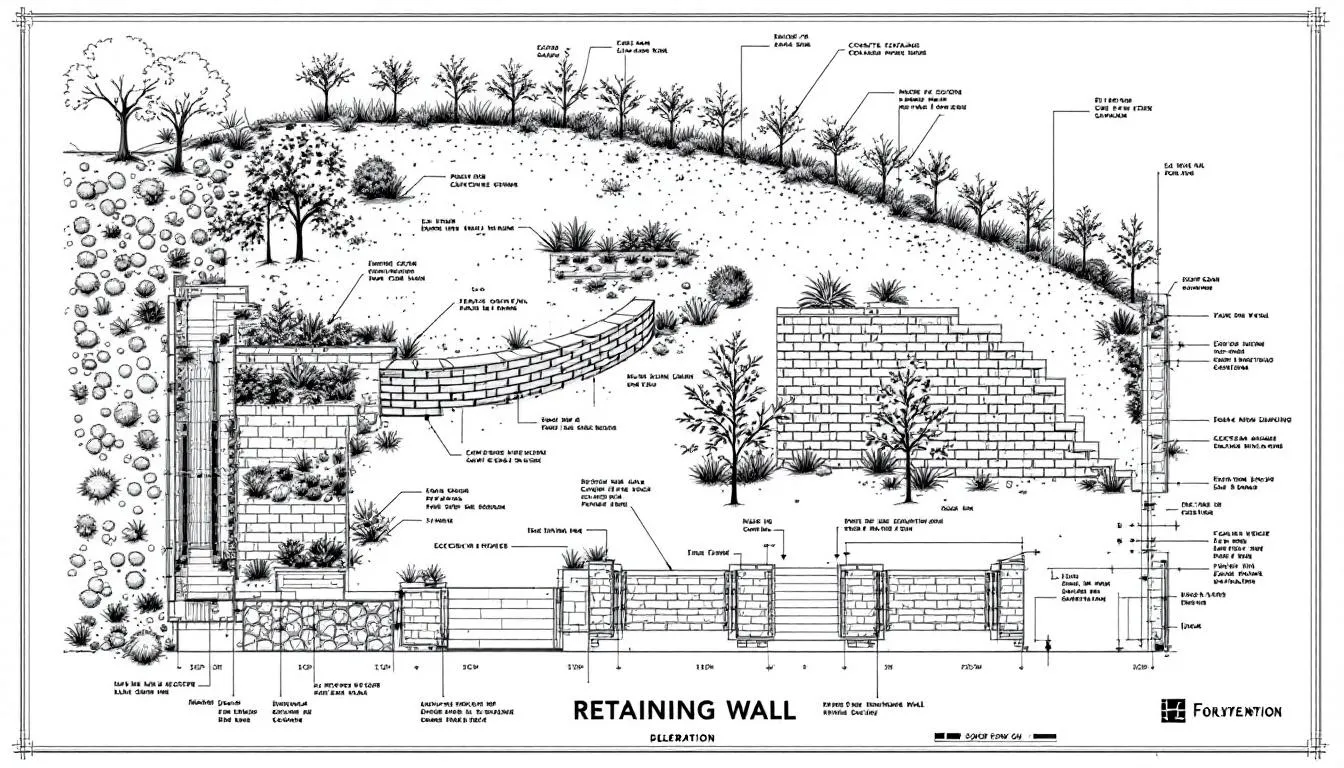
Retaining walls come in various types, each designed to meet specific structural and aesthetic needs. Categorized by structural behavior and materials, including gravity, cantilever, and anchored walls, understanding these types helps you choose the best option for your landscape and soil conditions.
Each type of retaining wall offers unique benefits and suits different applications.
For instance:
- Gravity walls rely on weight for stability.
- Cantilever walls use a reinforced concrete stem for support.
- Anchored walls incorporate cables or rods for additional reinforcement.
Exploring each type in detail, for example, reveals their specific advantages and uses.
Gravity Retaining Walls
Gravity retaining walls use their weight and mass to resist lateral soil pressure. Typically constructed with heavy materials like concrete or stone, they provide necessary stability. Gravity walls can be designed in vertical or sloped configurations, allowing for minimal excavation behind the wall.
These structures effectively stabilize soil, prevent landslides, and control water runoff. Proper drainage systems enhance slope stability and create beautiful outdoor living spaces like patios.
Cantilever Retaining Walls
Cantilever retaining walls feature:
- A vertical stem and a horizontal base slab
- Leveraging soil weight for stability while using less material than gravity walls
- A reinforced concrete stem that extends into the soil, enhancing stability
- Suitability for higher elevations
Cantilever walls efficiently manage lateral soil pressure and are often used where additional support is needed. Reinforced concrete makes these walls durable and capable of supporting substantial loads, making them an excellent choice for various landscaping projects.
Anchored Retaining Walls
Anchored retaining walls:
- Use cables or rods anchored into the ground for extra support
- Are suitable for areas with high lateral soil pressure
- Effectively manage high lateral loads
- Provide enhanced stability compared to other wall types
The reinforcement from anchored cables or rods ensures these walls can withstand significant pressure, making them ideal for challenging landscapes. Anchored retaining walls are a robust solution for creating stable and beautiful outdoor living spaces.
Benefits of Retaining Walls
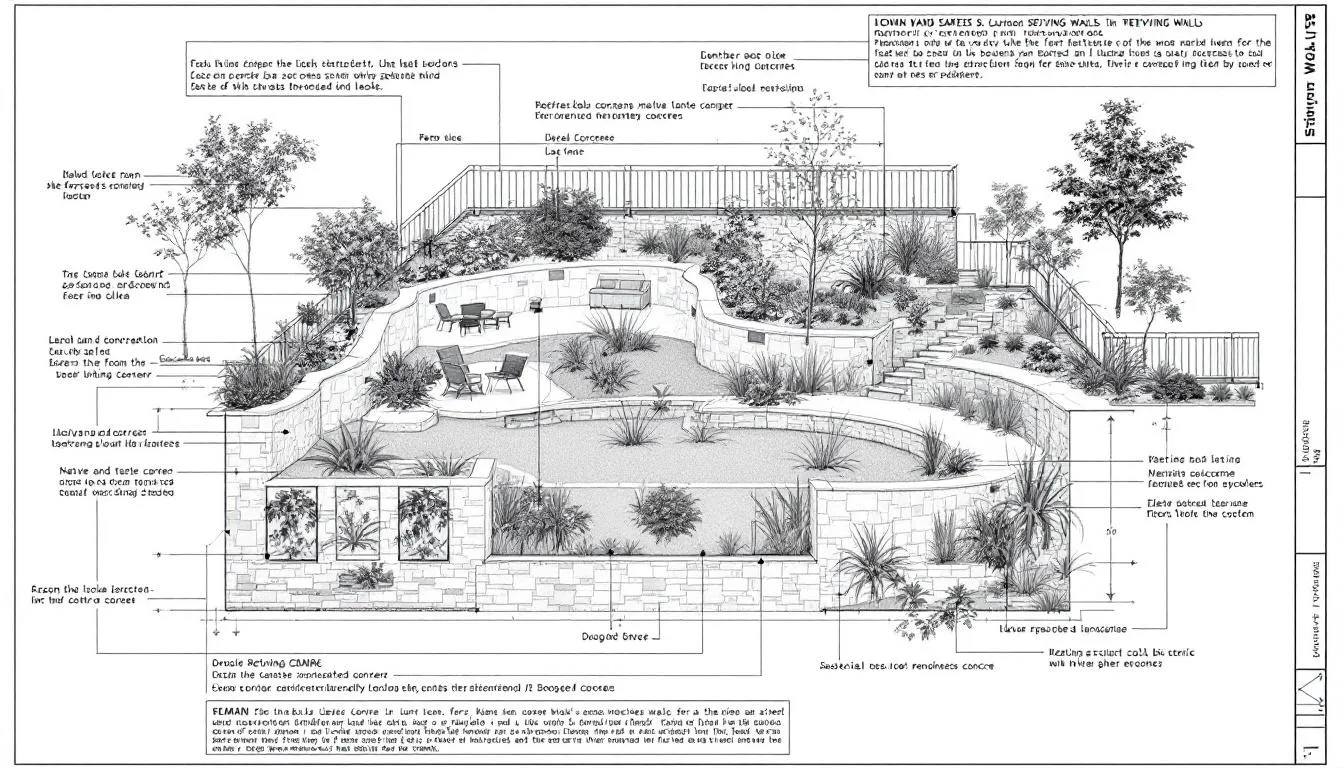
Retaining walls offer numerous benefits, making them essential in landscaping and property management. They manage soil erosion, create stable landscapes, and reduce flooding risk. Different types, such as gravity and cantilever walls, suit applications like creating terraces and supporting infrastructure.
Retaining walls can be constructed from materials like:
- Wood
- Masonry
- Concrete Each material offers unique aesthetic and functional benefits. These structures significantly increase property value by enhancing the visual appeal and functionality of landscapes. If you want to enhance your property, consider how to build retaining walls effectively through retaining wall construction.
Exploring the specific benefits of retaining walls in detail reveals their value.
Erosion Control and Stability
Retaining walls stabilize soil and prevent erosion by holding back earth and redirecting water flow. These structures effectively prevent soil erosion and stabilize slopes. Proper drainage systems mitigate the risk of water accumulation and structural damage.
Using drainage aggregate behind retaining walls allows water to flow freely, reducing the risk of wall failure due to water accumulation. Geocomposite drainage panels and perforated pipe systems, like French drains, are commonly used to improve water management. Effective drainage is crucial for maintaining structural integrity.
Enhancing Curb Appeal
A well-installed retaining wall can significantly boost property market value and overall appeal. These structures transform unusable land into beautiful, functional spaces, enhancing visual attractiveness. The design and materials can complement a property’s aesthetic, boosting its attractiveness.
Incorporating retaining walls defines landscaping and adds visual interest. They provide opportunities for decorative enhancements, contributing to a property’s visual appeal and creating a lasting impression.
Creating Usable Outdoor Spaces
Retaining walls can transform steep or uneven terrain into flat, usable spaces perfect for gardens and outdoor entertaining areas. By leveling uneven terrain, they facilitate the development of patios, gardens, and other outdoor living areas. These structures support various outdoor features like terraces and pathways, enhancing usability.
Leveled areas created by retaining walls serve purposes such as landscaping, gardening, and creating outdoor living spaces. Whether aiming for a serene garden or a lively patio, retaining walls help achieve your vision for beautiful and functional outdoor spaces.
Factors to Consider When Choosing a Contractor
When selecting retaining wall contractors, consider the following:
- Evaluate their experience.
- Review their portfolio and customer ratings to gain insights into their craftsmanship and suitability.
- Verify that potential contractors are licensed and insured to safeguard against future liabilities.
Gathering recommendations from friends or family who have had similar projects done can help find reputable contractors. Additionally, obtaining detailed estimates from multiple contractors ensures transparency and can highlight any potentially unreliable services.
A site visit by potential contractors allows them to assess challenges and discuss the project vision and contact the Team to plan for further insights.
Cost of Building Retaining Walls

The cost of building retaining walls can vary significantly depending on various factors. The average cost typically ranges from $3,565 to $9,645, with a per square foot price between $20 and $53 for professional installation. Material selection significantly impacts costs, with vinyl walls priced around $10 to $15 per square foot, while more durable options like concrete can cost between $20 and $40.
Labor costs for retaining wall installation can vary, with landscapers charging between $50 to $100 per hour, depending on the project’s complexity. Taller retaining walls usually demand more materials and labor, resulting in higher costs, especially if they exceed four feet in height.
Geographic location and environmental factors like soil type and slope can also affect construction costs.
Proper Drainage Solutions
Proper drainage solutions are essential for maintaining the structural integrity of retaining walls. These structures manage stormwater runoff, preventing flooding and protecting a property’s foundation. Regular inspections and maintenance identify issues early, ensuring repairs are made before significant damage occurs.
Incorporating drainage systems like weep holes, drainage aggregates, and perforated pipes enhances water management around retaining walls. These solutions reduce flooding and soil saturation risks, ensuring long-term stability.
Contacting Retaining Wall Contractors
Before reaching out to retaining wall contractors, clarify your project’s scope and specific challenges to enhance communication. Requesting comprehensive quotes that encapsulate costs for labor, materials, and permits facilitates informed comparisons.
Prepare a list of inquiries for consultations, focusing on the contractor’s expertise, project challenges, and timelines. Clear and open communication with your contractor ensures your retaining wall project is executed smoothly and meets your expectations.
Summary
In summary, retaining walls are essential for both functional and aesthetic purposes in landscaping. From preventing soil erosion to enhancing curb appeal and creating usable outdoor spaces, these structures offer numerous benefits. Hiring professional retaining wall contractors ensures that your project is executed with precision, quality, and durability, thanks to their expertise in design, construction, and maintenance.
By understanding the different types of retaining walls and the comprehensive services offered by contractors, you can make informed decisions that will enhance the beauty and functionality of your property. Investing in proper drainage solutions and regular maintenance will ensure the longevity of your retaining walls, making them a valuable addition to your landscape. If you’re considering a retaining wall project, start by contacting reputable contractors who can bring your vision to life.
